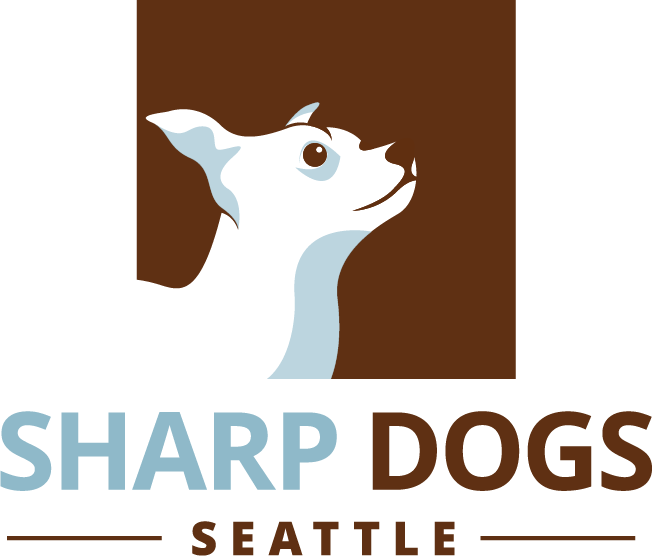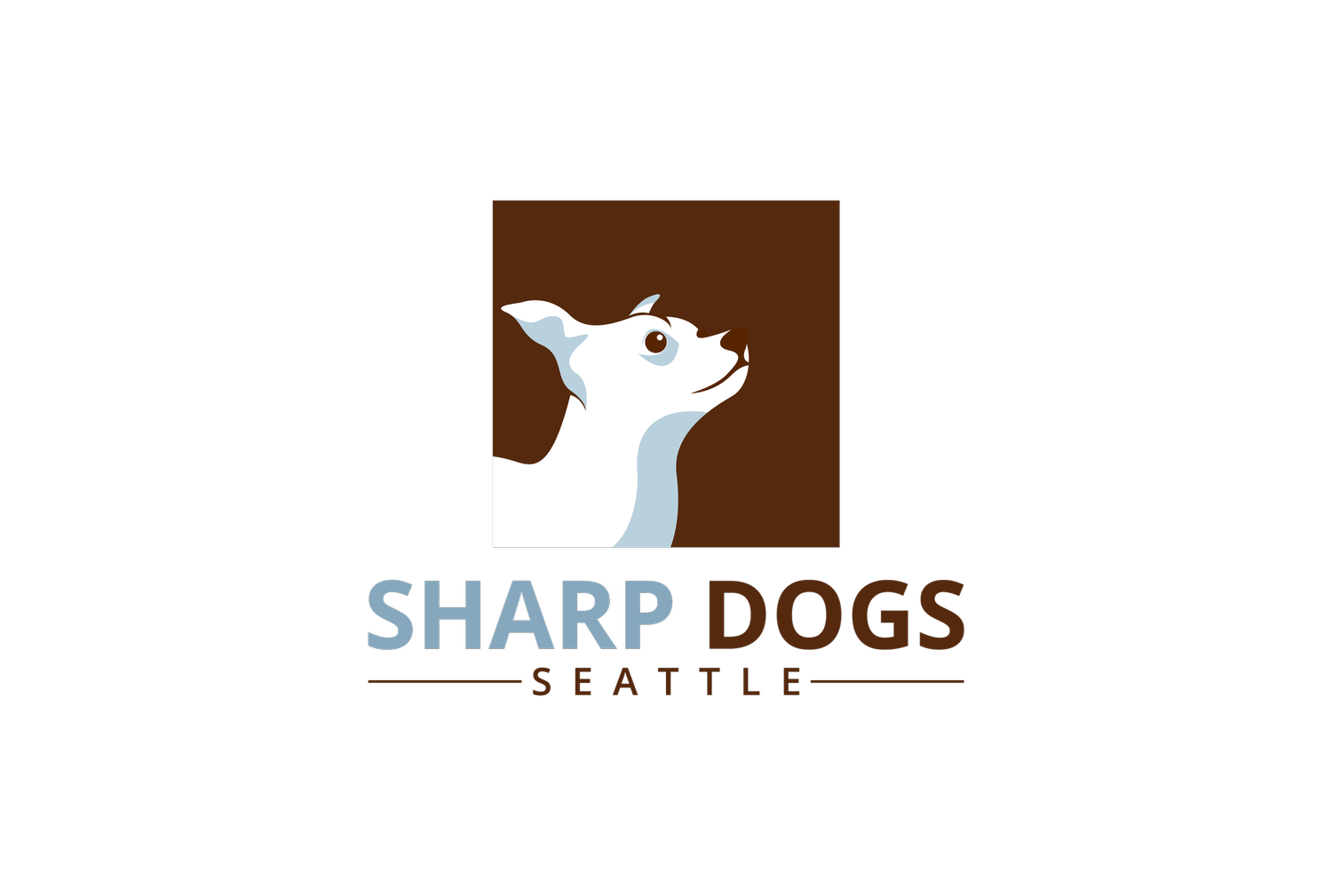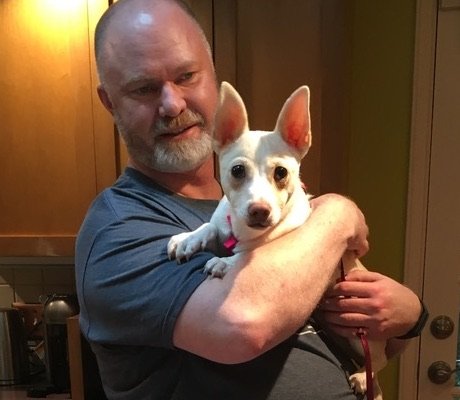Training Methods
I follow the science-based guidelines of positive reinforcement in all of my dog training. This is often referred to as “positive training”.
I don’t use or apply physical punishment, discomfort, aversive corrections, intimidation, or fear when training dogs (or their people!).
My fear-free training ensures that you have your dog’s trust. Not only does it foster a better bond between you and your dog, it also makes your dog eager and happy to do training.
In training sessions, we focus on teaching your dog what to do by rewarding the right behavioral choice (such as sitting when asked to, coming when called, etc.). We also set your dog up to make the right choice during training – rather than setting them up to make a mistake, which, in outdated training methods, results in a correction. If your dog don’t follow your cue, it’s merely information that the training is incomplete.
You'll learn how to motivate your dog using treats, play, social, and even environmental rewards.
Your relationship with your dog should be collaborative, rather than combative. The more skills you have in analyzing their body language, understanding their behavior and learning process, the more compassionate and understanding you can be of your dog.
“We have to be open to reminding each other that the learner is never wrong.”
Privacy Policy
Sharp Dogs Seattle respects the privacy of our clients. We may relay case information to other professionals but your identity and your dog’s identity will not be disclosed. We will ask your permission to share training and behavior reports with your vet. Training and behavior notes can help your vet make decisions about how to better treat your dog and inform them when they are addressing behavioral issues. The purpose of sharing any information is to provide you with high-quality service.







